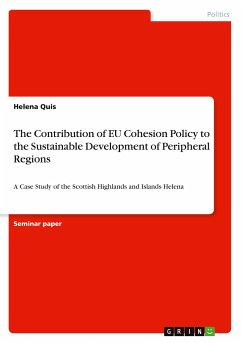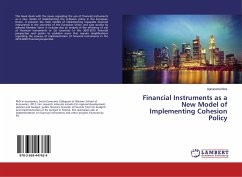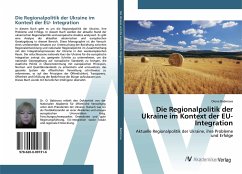Case Study from the year 2021 in the subject Politics - Other International Politics Topics, grade: 1,3, University of Applied Sciences Bremen, course: Regional Development, language: English, abstract: Since the late 1980s, EU Cohesion Policy has been one of the most important EU policies. It is an attempt to reduce socio-economic disparities between and within EU member states and thus to make pan-European economic success more equitable. The main instruments for supporting less developed regions and countries are the European Structural Funds. Their impact has been the subject of numerous studies in recent decades. In most cases the socio-economic changes in a region can be identified relatively easy from figures and data. However, the aim of this paper is to focus on the qualitative effects of the Structural Funds on political structures, processes and actors and thus to conclude on the sustainability of their contribution to the development of a region, beyond the financial means. In the end, it is always a goal of regional development to overcome a region's dependence on subsidies. The analysis in this paper focuses on the approach of multi-level governance as the modus operandi of EU Cohesion and Structural Policy. Taking the Scottish Highlands and Islands (H&I) as an example, the paper explores the extent to which the involvement of multiple political levels and a variety of different actors in the governance and implementation of Structural Funds programmes has influenced the success and sustainability of the region's economic and social development. To come to the desired conclusion, the following chapters first give an overview of EU Cohesion Policy, describe the role of the Structural Funds and present the connection between the multi-level governance approach, the partnership principle and its consequences for less developed regions. The socio-economic problems of the H&I region, also referred to as the ¿Highland Problem¿, are then described, as well as the previous social and economic development efforts. In particular, the Highlands and Islands Development Board (HIDB) and its successor, the Highlands and Islands Enterprise (HIE), laid important foundations for the later success of EU Structural Policy in the region. In the final part, the processes and contents of the individual EU funding periods are described and analysed regarding their impact on regional partnership structures, and a conclusion is drawn.








